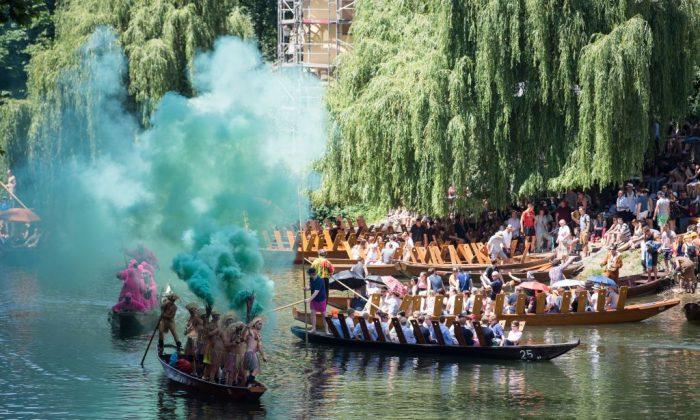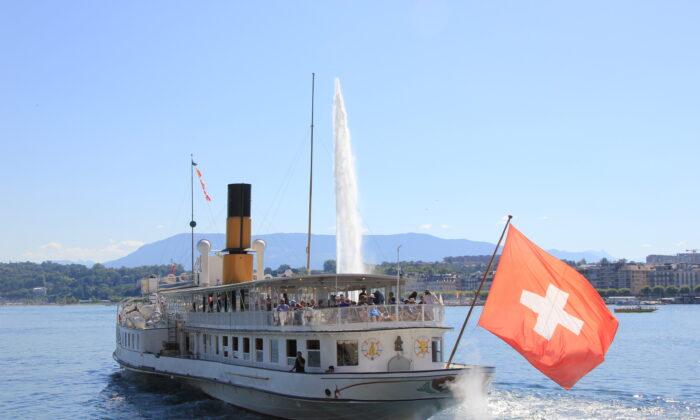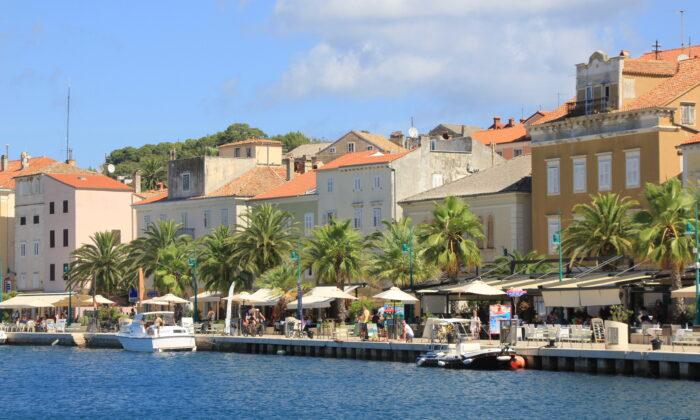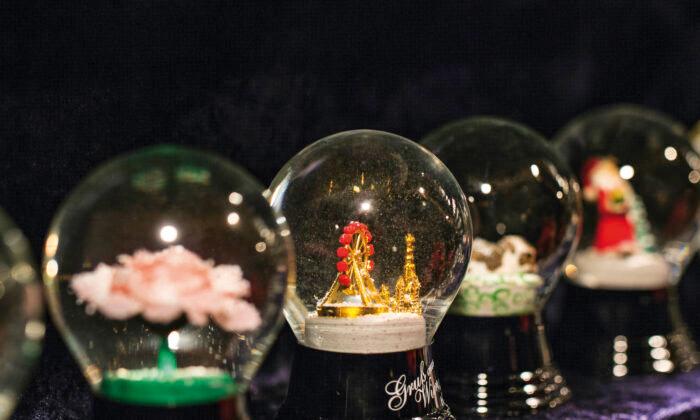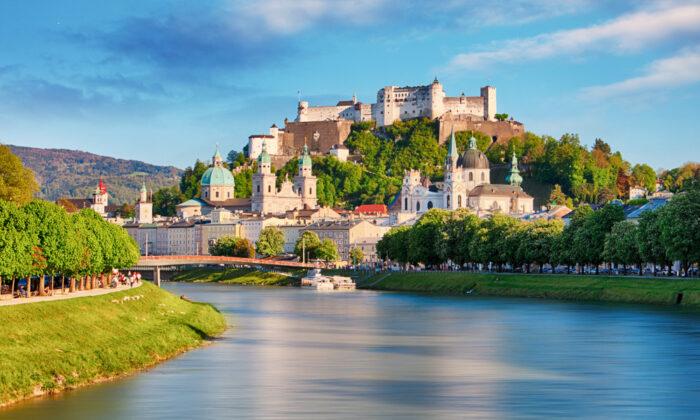Tübingen, GERMANY—The students of Tübingen are a special breed. They organize themselves in fraternities, are highly competitive, and have an iron stomach. Once a year, on Corpus Christi—a Christian observance that honors the Holy Eucharist—in June, around 60 teams of eight people each participate in the annual Stocherkahn race.
A Kahn is a slender wooden boat up to 40 feet long. The punter or “stocherer” in German stands on the stern with a 23-foot-long stick, with which he pushes the vessel along. Punts of this kind have been used for hundreds of years in Tübingen for fishing or as ferries on the Neckar River; however, the race only started in 1956.
The course, lined with thousands of spectators, gets challenging when the boats must navigate a figure 8 through a narrow stretch known as “the eye of the needle”—and every trick in the book is allowed.
“You can sink other boats, throw competitors into the water and there is always complete chaos,” laughed punter Martin Eberle as he pushed me gently along the Neckar. The winning team is awarded a keg of beer or 11 gallons of wine, while the losers have to drink 16 ounces of cod liver oil each to “strengthen” them for next year’s race. So how did Martin fare, I wanted to know?
“I have never won—I just can’t afford to pay for the prize,” grinned the chemistry student and part-time punter.
The classic trip of around one hour starts from the dock at the yellow Hölderlin Tower and makes nearly half a mile circle around Neckar Island. It leads directly past the town’s most famous sight, a row of colorful 16th-century townhouses, built directly on the inner city wall. Behind it, the Stiftskirche (Collegiate Church) rises above the rooftops with its striking spire while to the left people stroll, jog, or take a rest underneath the plane tree avenue planted in 1828.
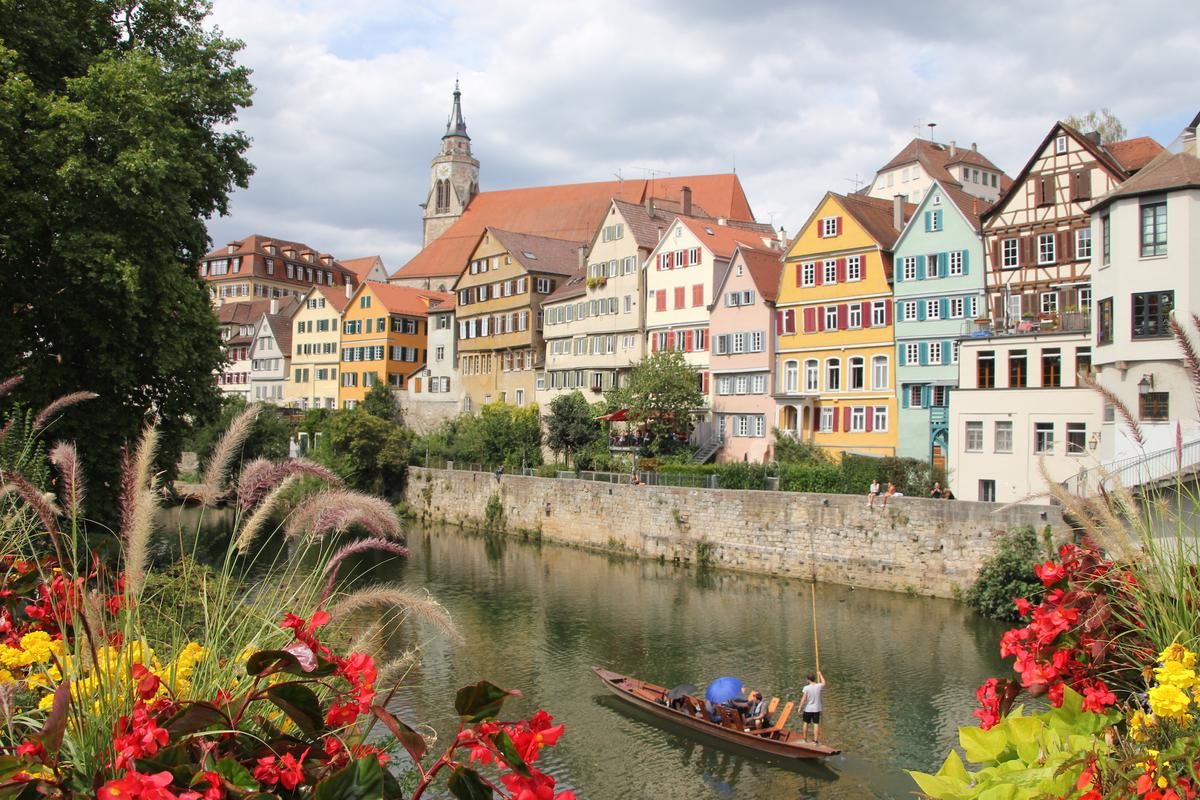
Origins
Tübingen, like so many other settlements in southern Germany whose names end in “ingen,” was founded around 1,500 years ago by the Alemanni tribe. Later, in the mid-11th century, the Counts of Tübingen erected a fortress above the village and went on to expand it into a city, complete with a market square, parish church, and city walls. Of course, the most significant event in local history was the founding of the university in 1477 by Count Eberhard the Bearded of Württemberg.“We have a town on our campus,” runs a local saying, and no irony is intended. The university dominates life in Tübingen as the biggest employer and is home to 29,000 students or around one-third of the population. One of the oldest and most imposing academic buildings is the pink colored, half-timbered Burse, which served as a dormitory and teaching hall for youngest scholars. Just like many other townhouses, it has a peculiar shape, increasing in size at the upper levels.
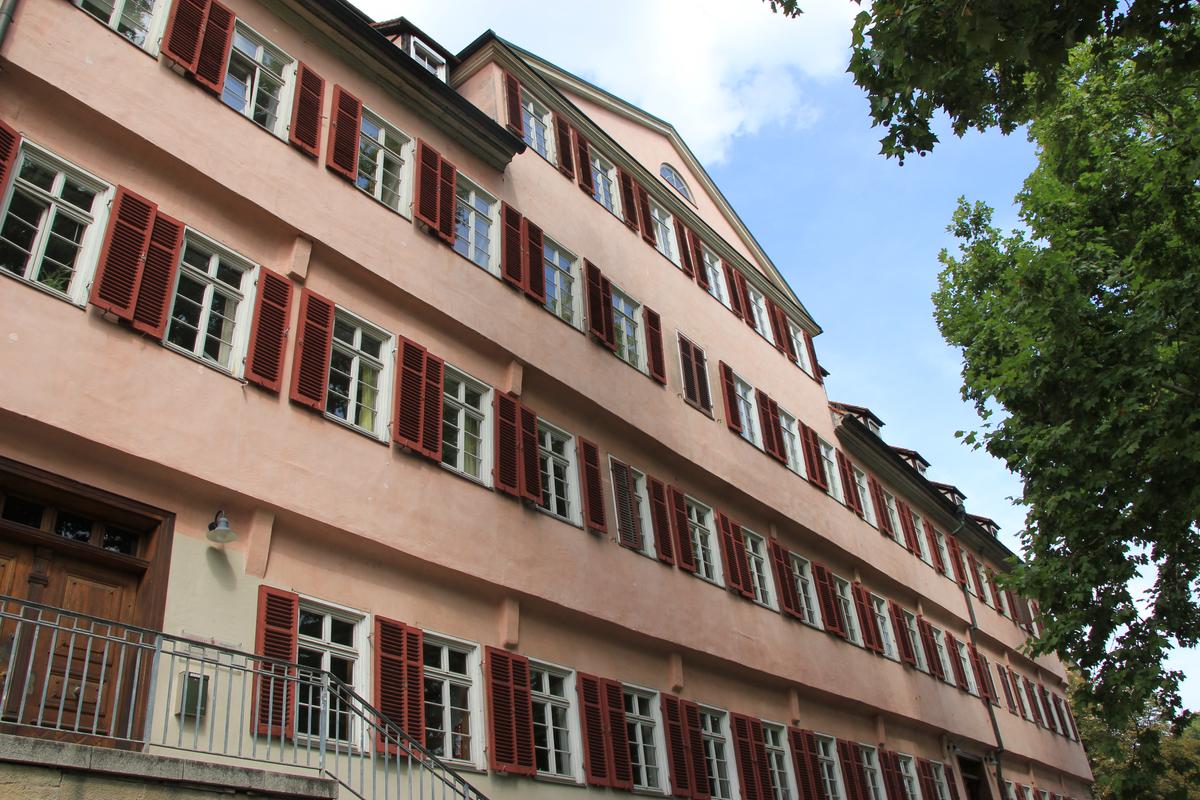
“Taxes were paid according to the size of the ground floor,” explained city guide Helga Kausy. “So in order to increase living space but to save money, the higher floors were built wider with a larger space inside.”
I left the Neckar riverfront and the adjacent Burse and climbed up through narrow winding lanes until I reached the Marktplatz. While the market square itself was first mentioned by merchants in 1191, the surrounding houses were mostly built in the 15th and 16th century. To this day, three times a week, shoppers mingle here in search of the freshest produce, meat, cheeses, and local products. The Renaissance fountain, featuring Neptune with his trident and female figures representing the four seasons at his feet, was carved into stone in 1617.
The most eye-catching building is the Town Hall from 1435, then with a double function as a warehouse and court of justice/city council. The colorful façade of elaborate paintings in the neoclassical style shows the coat of arms of Tübingen and important figures from the city’s history. In 1511, an astronomical clock was added, which still reliably informs of the time, date, and lunar phases as well as astronomical events such as lunar and solar eclipses.
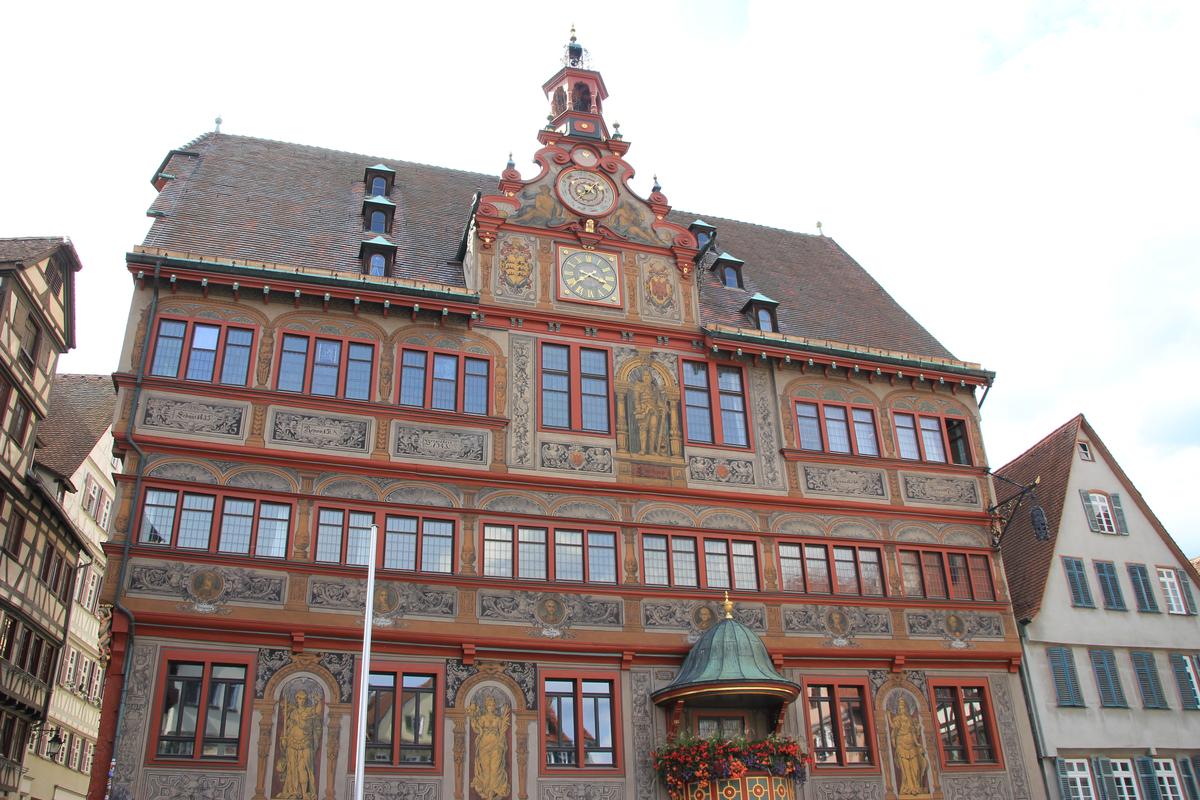
From the market corner, I ascended via Burgsteige, one of the oldest and most handsome streets in town, to Schloss Hohentübingen, the Renaissance successor of the original 11th-century feudal castle. A gate resembling a Roman triumphal arch marks the entrance and behind it, before the main buildings, the views of Neckar Valley and the Swabian Alps are far-reaching.
Hohentübingen Castle’s importance as the residence of the Dukes of Württemberg began to diminish in the 16th century. Beginning in the mid-18th century, the university acquired its first rooms in the castle, and in 1816 the King of Württemberg, Wilhelm I, transferred its ownership. The academic library of nearly 60,000 bands was temporarily housed in the hall of knights, a chemistry laboratory was set up in the kitchen, and an astronomical observatory was housed in the northeast tower.
Today, Schloss Hohentübingen is one of the largest university museums in the world featuring important finds from the Ice Age and ancient Egypt as well as collections of the history and ethnology departments. Of particular importance are the tiny figurines of mammoth ivory displayed behind glass in a darkened room.
“Our most famous piece is the wild horse,” said guide Kristina Häfele. “The figures were created some 40,000 years ago and are the oldest known works of art.” The exhibitions including sarcophagi, Greek vases, and bronze statues were fascinating, and I stayed until the closing time.
Maultaschen
Back through the royal courtyard, over the moat, and a few steps downhill on the Burgsteige, and I dropped into Mauganetschle for a dinner of Maultaschen. The place proved so popular that I had been turned away the evening before, so to say that I was dying for a portion of what is often described as the German version of ravioli came close to the truth.German food is highly regional, and Maultaschen is a typical Swabian dish consisting of an outer layer of pasta dough which encloses traditionally a filling of Hackfleisch (ground beef and pork), mixed with breadcrumbs, eggs, and herbs. I had a trio of three, accompanied by a salad and regional white wine and it was worth the wait. Every. Single. Bite.
Afterward, I headed to the popular area around the Crooked Bridge and Ammer Lane. The bridge, first mentioned in writing in 1398, crosses the Ammer canal, which serves as the border between upper and lower city. The channel used to play a vital role as the source of water to put out fires, as a drainage and waste disposal system. Flower baskets hung from the railings and I was told there were more than 300 spread throughout the city.
Old half-timbered residential houses stood along little shops, pubs, and traditional restaurants. I sat down in a cafe near the canal and looked around. Despite the area being a car-free zone, it wasn’t quiet at all. Students were laughing, drinking, and having fun all around me. I thought back to my own student days, to be young and carefree again. Though I could certainly do without any cod liver oil.
Wibke Carter is a travel writer who hails from Germany, has lived in New Zealand and New York, and presently enjoys life in London. Her website is WibkeCarter.com

